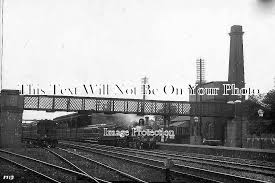Exploring Route 66: America’s Historic Highway

Introduction to Route 66
Route 66, also known as the “Mother Road,” is more than just a highway; it is a symbol of freedom, adventure, and the American spirit. Established in 1926, this iconic route stretches over 2,400 miles from Chicago to Santa Monica. Its historical significance and cultural impact have made it a popular destination for travelers and historians alike.
A Historical Perspective
The creation of Route 66 was integral to the development of the United States road system, facilitating travel across vast distances during the Great Depression and encouraging westward migration. It played a crucial role in transporting goods and people, becoming a vital artery for commerce and tourism.
During the 1940s and 1950s, Route 66 surged in popularity as families embarked on road trips, drawn by the promise of adventure and discovery. The route featured countless diners, motels, and quirky roadside attractions that have become classic Americana, adding to its mystique and charm.
Modern-Day Route 66
Despite the construction of the interstate freeway system that overshadowed it, Route 66 remains a cherished symbol of America’s travel culture. Efforts to preserve its legacy have gained momentum over the years, resulting in various initiatives to protect historic sites and promote tourism along the route.
In recent times, the route has seen a revival, with road trips becoming a popular way to experience the nostalgia of the open road. Many towns along Route 66 have capitalized on this renewed interest by hosting events, festivals, and creating informational resources for travelers.
The Route 66 Experience
Traveling Route 66 offers a unique experience filled with scenic landscapes, historic landmarks, and local charm. Notable stops include the Gateway Arch in St. Louis, the Cadillac Ranch in Amarillo, and the vibrant city of Santa Monica, where the highway officially ends at the Pacific Ocean.
Visitors are encouraged to explore the attractions, sample local cuisines, and engage with the communities along the route. The mileage signs, historic motels, and classic diners provide an authentic nostalgic experience that transports travelers back to a different era.
Conclusion: The Significance of Route 66 Today
Route 66 continues to be a significant cultural icon, representing the American dream and the spirit of exploration. Its legacy endures as both a historical route and a modern-day travel destination. Travelers seeking adventure, history, and a taste of Americana will find Route 66 to be an unforgettable journey that highlights the importance of America’s roadways.









